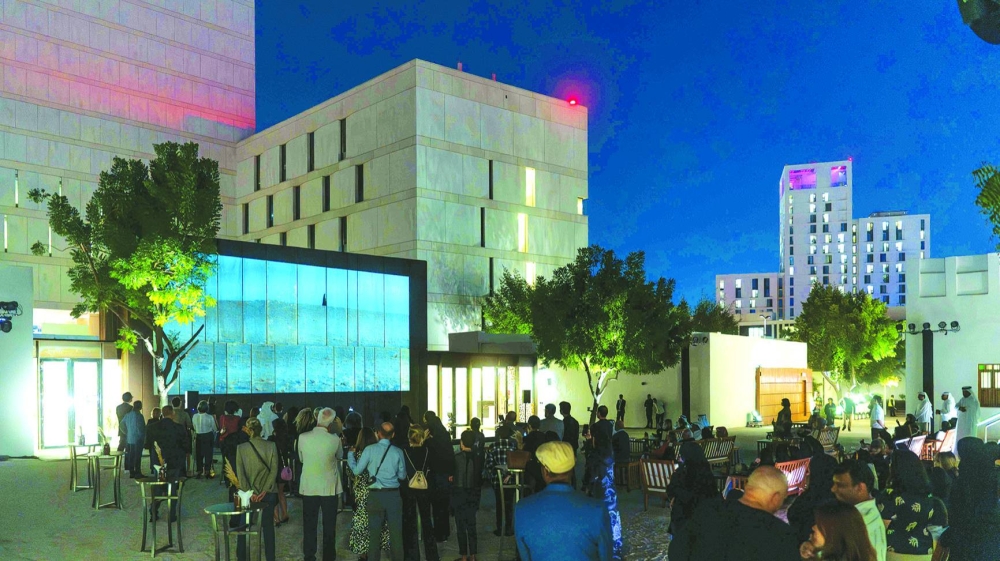‘Mapping Migration Memories’, an exhibition researched and produced by (IN)>Tangible Lab, part of the Institute for Creative Research at Virginia Commonwealth University School of the Arts in Qatar opened at the Company House in Msheireb Downtown Doha Wednesday and will run until January 27, 2024.
‘Mapping Migration Memories’ is the result of a multi-year research project aimed at preserving the intangible cultural heritage of Qatar.
The exhibition is described as a testament to the need to protect generational knowledge and celebrate the sheer grit and perseverance of a population’s ancestors.
It does this by spotlighting the historical biannual nomadic movements, between the deserts and the seacoasts in and around Qatar.
Gathering and using existing, archived, and recorded memories, photos, films and oral histories, the installation traces and re-enacts the migration paths of the north and south, capturing the visual and soundscapes of the rugged terrains traversed during their biannual journeys.
VCUarts Qatar faculty, alumni and students make up the core team of (IN)>Tangible Lab that worked on the concept, development and production of the exhibition.
They are Graphic Design alumni Maha al-Marri, Sara al-Naimi and Latifa al-Ali; student research assistants Sheikha Alanood al-Thani and Natasha Fernandez; the Lab’s principal investigator, Astrid Kensinger, chair, Graphic Design; and Alaa Albarazy, postgraduate research fellow.
Explaining the aim of the exhibition, Kensinger said, “As the world becomes increasingly homogenised, Intangible Cultural Heritage elements are vulnerable to being lost or forgotten. (IN)>Tangible Lab seeks to preserve and extend Living Culture with an emphasis on traditional ecological knowledge of Qatar into the future.”
“Our aim is to capture and physically translate the vibrantly diverse oral histories within Qatar through interdisciplinary lenses. In this context, physical re-enactment and embodied knowledge are powerful tools for extending intangible cultural heritage allowing a specific audience or public to experience and participate in a multi-sensory narrative,” he added.
The exhibition also features a video focusing on Sara al-Naimi as she retraces her ancestors’ biannual migration routes in the north of Qatar, and Maha al-Marri as she tracks her forefathers’ footsteps towards the south of Qatar and into what is currently Saudi Arabia.
“Our history extends beyond what we learn in school or read in books; there’s more to discover and appreciate in our culture’s precious memories by listening to and observing the tales of the elders. Alongside my professor, Astrid, researchers and artists who also contributed, we discovered a powerful tool which is re-enactment,” al-Marri said.
The location of the exhibition – Company House, was once used as the headquarters for Qatar’s first oil company.

